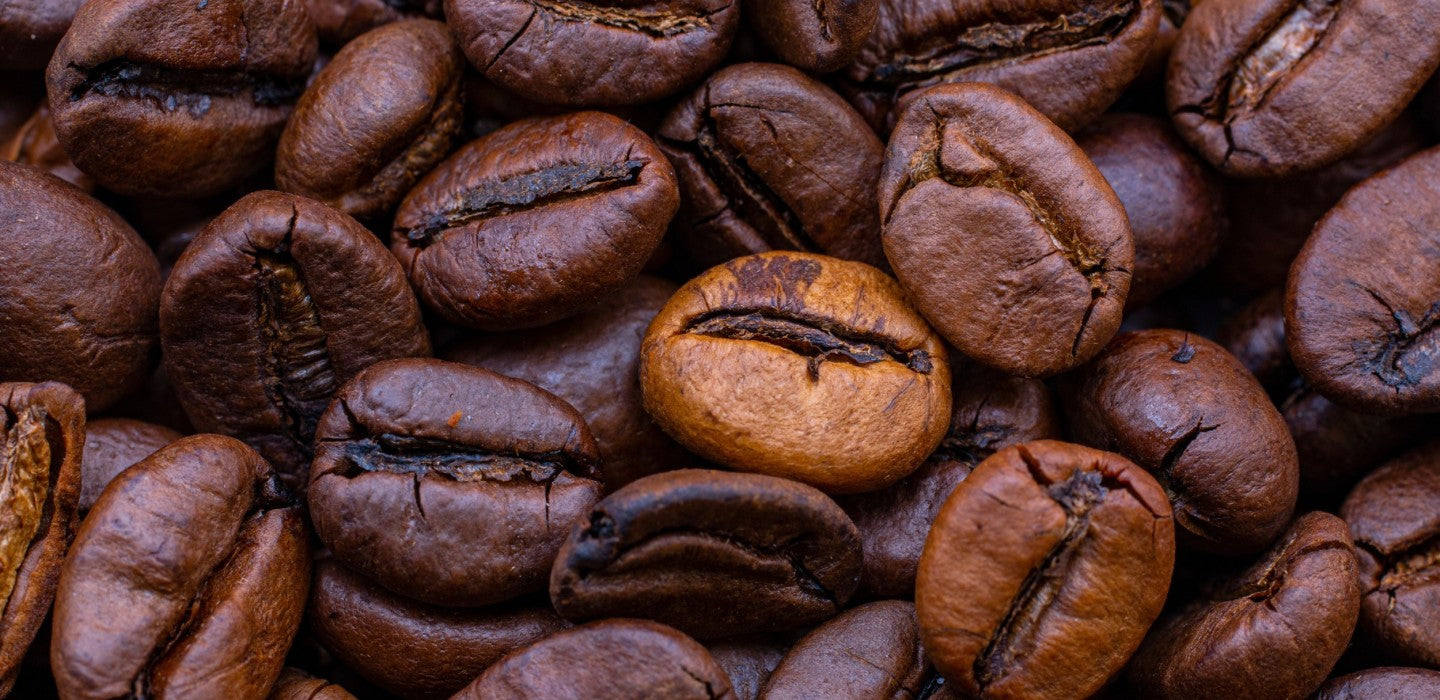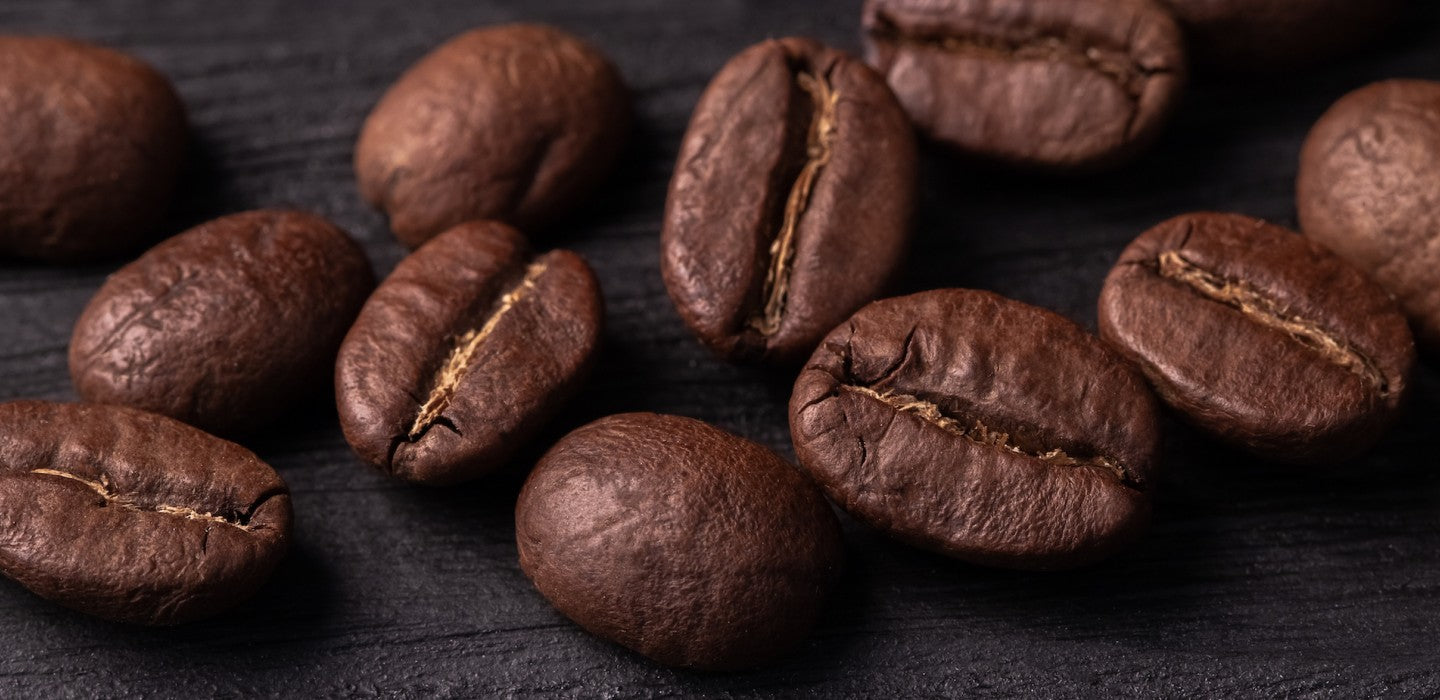Arabusta: An Exquisite Blend of Arabica and Robusta Coffee
With an intriguing combination of flavours from Arabica and Robusta, Arabusta coffee represents an intriguing creation in the coffee world. We'll guide you through the narrative of its invention and the remarkable traits that set it apart in this article.
An Overview of Arabusta Coffee
Arabusta, a cross between Arabica and Robusta coffee, was conceived to merge the tasteful attributes of Arabica coffee with the resilient nature of the Robusta coffee plant. It occupies a qualitative position between Arabica and Robusta. Yet the Arabusta coffee plant's cultivation isn't widespread globally, and some hybrids are also occasionally labeled as Arabusta.
Tracing Arabusta: Origins and Cultivation
The uniqueusta coffee type was engineered by the French Research Institute for Coffee and Cocoa, following a decade-long endeavor that culminated in 1973 when Arabica and Robusta were successfully crossbred. This new variety saw initial cultivation trials in Ivory Coast and the USA. Despite this, Arabusta coffee hasn’t made significant inroads to wide-spread cultivation.
Caffeine Content in Arabusta Coffee
Arabusta coffee seeds, or beans, typically contain an average caffeine content of around 2%, placing it between Arabica and Robusta coffee with regard to caffeine levels. While Arabica beans usually contain between 1.1 and 1.7% caffeine, Robusta beans can contain between 2 and 4.5% caffeine.
The Hybrid Characteristics of Arabusta Beans
Arica beans are revered for their aromatic, smooth, and harmonious taste. Although Robusta isn't as aromatic, the coffee plants, as the name suggests, are definitely 'robust', with a high resistance against drought and insect infestations. The Arabusta coffee plant, an amalgamation of both varieties, exhibits relatively speedy growth.
Arabusta in Your Cup: Suitable Coffee Specialties
to Arabusta coffee’s distinct blend of Robusta and Arabica beans features, it is particularly wellsuited for crafting espresso. When Arabusta beans aren't used, a blend of both Arabica and Robusta beans is common for making espresso. While the full-bodied aroma comes from the Arabica beans, the critical Crema for espresso owes much of its existence to the Robusta component.
In, Arabusta represents a prime example of the versatility and innovation in the coffee industry. It’s a testament to the ingenuity and determination of coffee researchers, blending the best of two worlds to create a distinct and enjoyable coffee experience. This special blend holds its own confidently amidst the vast spectrum of Arabica and Robusta varieties, presenting a delightful option for coffee enthusiasts around the globe.



Leave a comment
This site is protected by hCaptcha and the hCaptcha Privacy Policy and Terms of Service apply.